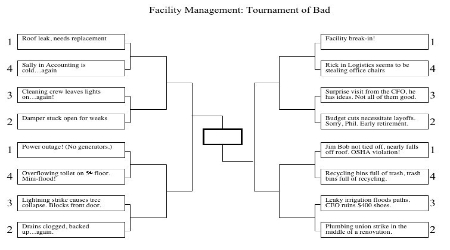
Energy Use Per Square Foot In Commercial Facilities Down on Average, says EIA
March 21, 2016
Despite a 14 percent increase in total buildings, and a 22 percent increase in total floorspace since 2003, energy use in commercial buildings in the United States increased by only seven percent in the same time period, says the U.S. Energy Information Administration (EIA). Average Btu per square foot in commercial buildings dropped from 91 thousand to 80 thousand from 2003 to 2012, says the EIA, which has released summary tables providing energy consumption estimates from the 2012 Commercial Buildings Energy Consumption Survey (CBECS).
"Slower growth in commercial building energy demand since 2003 is explained in part by newer construction that is built to higher energy performance standards, occupied by less energy intensive building activities, and more often built in temperate regions," says EIA in its summary. Other contributing factors include improved equipment energy efficiency, particularly in HVAC and lighting.
Broken out by energy type, EIA says electricity usage increased by 19 percent since 2003, and total electricity consumption has almost doubled since CBECS first tracked it in 1979. In 2012, 4,241 trillion Btu of electricity were consumed. At 61 percent, electricity is now the majority share of total energy consumed in commercial buildings.
Natural gas usage since 2003 increased by seven percent, while fuel oil usage decreased by 41 percent. District heat usage was also down by 46 percent since 2003.
The CBECS data is compiled from 6,720 onsite interviews to create a statistically representative sample for the estimated 5.6 million commercial facilities in the United States.
Find the full CBECS report
here.
This Quick Read was submitted by Naomi Millán, senior editor of Building Operating Management magazine, naomi.millan@tradepress.com.
To learn more about CBECS, go here.
Next
Read next on FacilitiesNet












